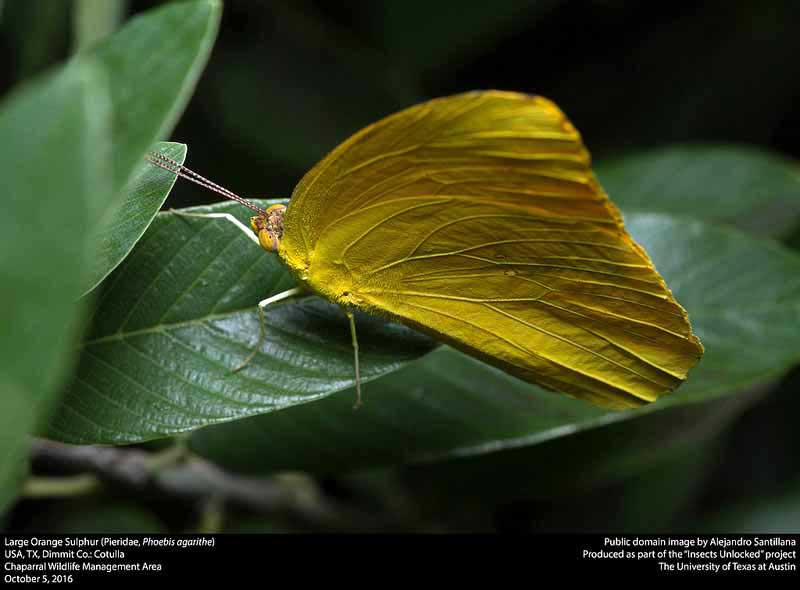
Superregnum: Eukaryota
Cladus: Unikonta
Cladus: Opisthokonta
Cladus: Holozoa
Regnum: Animalia
Subregnum: Eumetazoa
Cladus: Bilateria
Cladus: Nephrozoa
Cladus: Protostomia
Cladus: Ecdysozoa
Cladus: Panarthropoda
Phylum: Arthropoda
Subphylum: Hexapoda
Classis: Insecta
Cladus: Dicondylia
Subclassis: Pterygota
Cladus: Metapterygota
Infraclassis: Neoptera
Cladus: Eumetabola
Cladus: Endopterygota
Superordo: Panorpida
Cladus: Amphiesmenoptera
Ordo: Lepidoptera
Subordo: Glossata
Cladus: Coelolepida
Cladus: Myoglossata
Cladus: Neolepidoptera
Infraordo: Heteroneura
Cladus: Eulepidoptera
Cladus: Ditrysia
Cladus: Apoditrysia
Cladus: Obtectomera
Superfamilia: Papilionoidea
Familia: Pieridae
Subfamilia: Coliadinae
Genus: Phoebis
Species: Phoebis Phoebis agarithe
Subspecies: P. a. agarithe – P. a. antillia – P. a. fischeri – P. a. maxima – P. a. pupillata – P. a. tumbesina
Name
Phoebis agarithe (Boisduval, 1836)
Synonyms
Callidryas agarithe Boisduval, 1836
Phoebis maxima f. albarithe F.M. Brown, 1929
References
Brown, F.M., 1929: A revision of the genus Phoebis (Lepidoptera). American Museum novitates 368: 1–22. Full article: [1].
Lamas, G., 2004: Atlas of Neotropical Lepidoptera; Checklist: Part 4A; Hesperioidea - Papilionoidea
Phoebis agarithe, the large orange sulphur, is a butterfly in the family Pieridae. It is found from Peru north to southern Texas and peninsular Florida. Rare strays can be found up to Colorado, South Dakota, Wisconsin, and New Jersey. The species has also been introduced in Hawaii.[2] The habitat consists of open, tropical lowlands including gardens, pastures, road edges, trails and parks.[3]
The wingspan is 57–86 mm (2.2–3.4 in). The upper surface of the males is bright orange without markings. There are two female forms, a pink-white and yellow-orange form. The underside of the forewings of both sexes has a straight submarginal line. There are two seasonal forms: the winter form has heavier underside markings. Adults are on wing from August to September in southern Texas and all year round in the tropics. They feed on flower nectar, favoring lantana, shepherd's needle, bougainvillea, rose periwinkle, Turk's cap and hibiscus.[3]
The larvae feed on fresh leaves of Pithecellobium and Inga species.[3]
Subspecies
The following subspecies are recognised:[1]
Phoebis agarithe agarithe (Texas, Mexico)
Phoebis agarithe fischeri (H. Edwards, 1883) (Baja California)
Phoebis agarithe maxima (Neumoegen, 1891) (Florida)
Phoebis agarithe antillia Brown, 1929 (Haiti)
Phoebis agarithe pupillata Dillon, 1947 (Dominica)
Phoebis agarithe tumbesina Lamas, 1981 (Peru)
References
Phoebis, Site of Markku Savela
"Butterflies of Hawaii, United States". Butterflies and Moths of North America. Retrieved 16 December 2013.
Butterflies and Moths of North America
Retrieved from "http://en.wikipedia.org/"
All text is available under the terms of the GNU Free Documentation License

